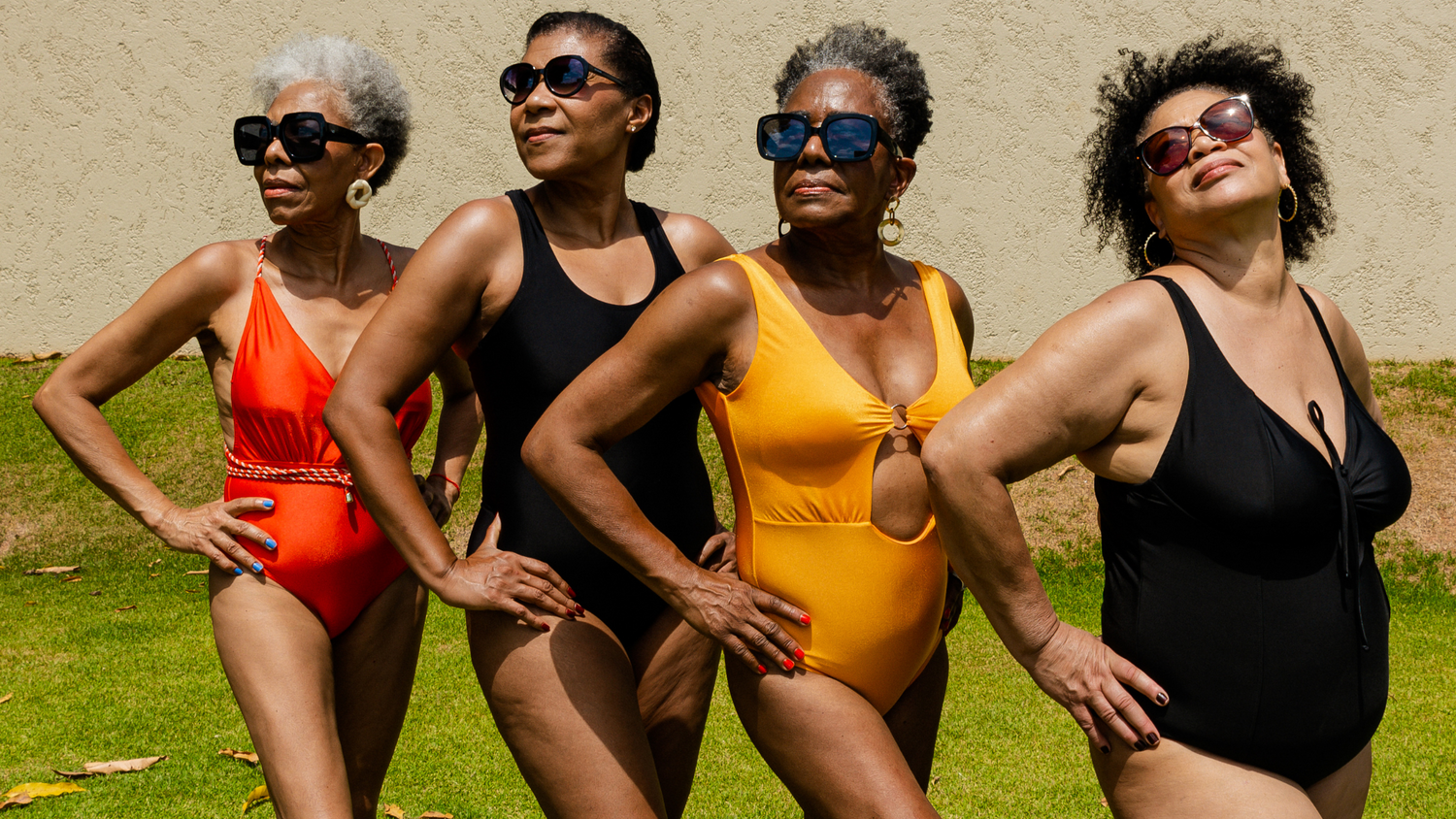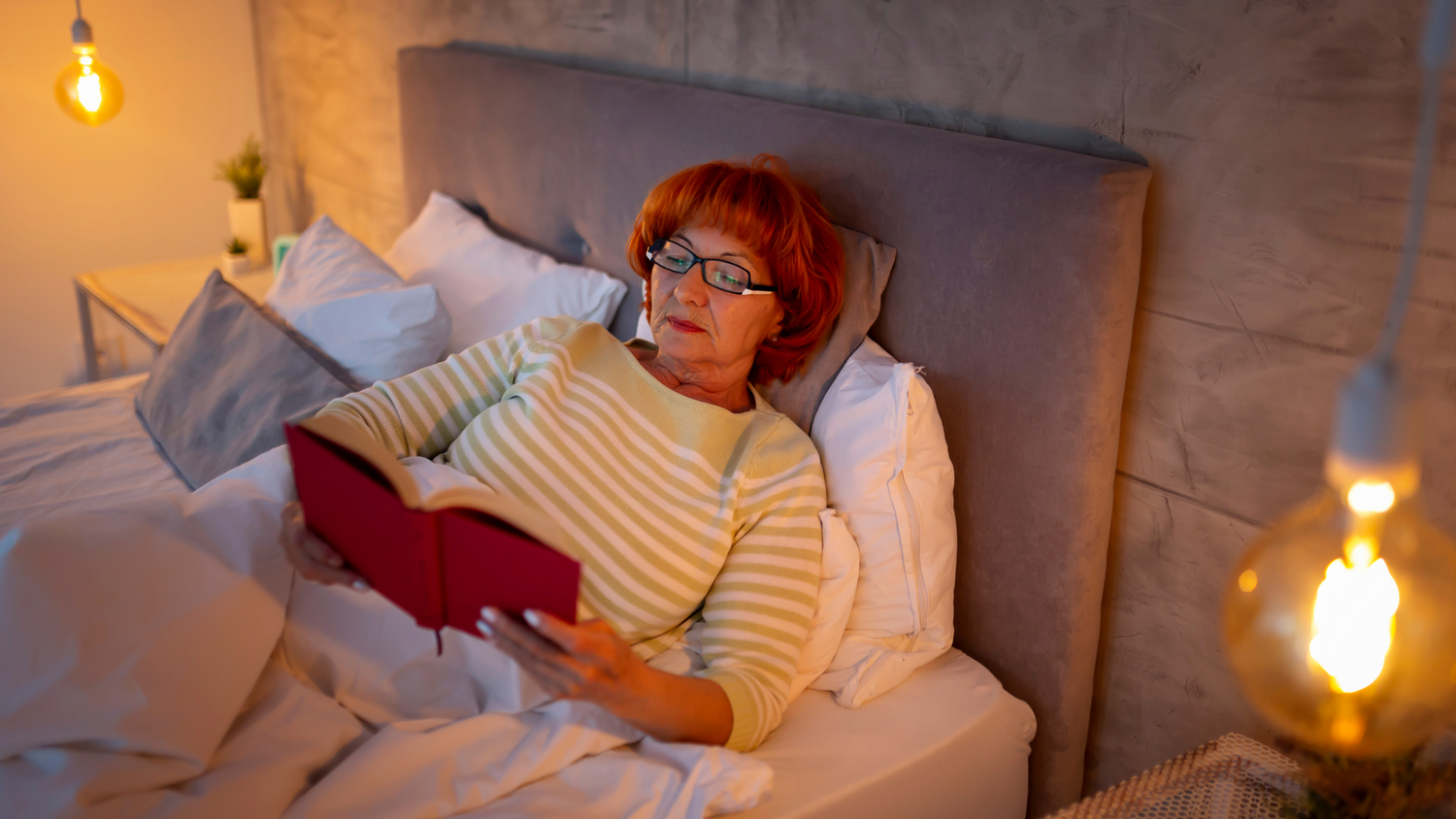As strange as it may sound, some menopausal symptoms are not universal. When menopause was first identified in the 1700s, the symptoms associated with it were quite unlike the symptoms we correlate with menopause today. For instance, chlorosis, hysterical suffocation, and choking were some common complaints. In part, this was because the medical understanding of menopause was minimal. Doctors were likely looking for symptoms that corroborated their menopausal theories of the time: that women’s uteruses traveled upward in their bodies, or that women had too much blood and that was the reason for their symptoms. Back then, the treatment would have also been quite unusual, with prescriptions like opium for relief. However, menopausal symptoms across cultures are still very different because our culture shapes how we perceive and experience life.

Some Cultures Celebrate the Transition as Women Become More Powerful After Menopause
In cultures where women experience more power after menopause, they also have fewer symptoms during menopause. An uptick in cultural status usually corresponds to an easier time going through the change of life. In the Navajo culture, women cannot become shamans until they are menopausal. First Nations women viewed menopause more positively than other cultures. In Shamanic cultures, women’s menstrual blood is considered to store wisdom, and when menopause allows you to “keep” your wise blood, you have more stature within the community. In many Indigenous cultures (like the Iroquois and the Maori), menopause is celebrated as a welcomed transition to community leaders and an increase in status for older women, which explains why they are more likely to look forward to menopause.
Symptoms Vary Depending on Your Culture
Menopause is a very individualized experience, and it varies as much as women’s experience of puberty or childhood does. Globally, the symptoms that are reported fluctuate depending on where you’re from.
In the US, menopause is associated with hot flashes, so many American women believe this symptom is widespread. However, even within western culture, some differences emerge. Black and Latina women in the US typically hit menopause earlier and take longer to reach post-menopause, potentially due to socioeconomic status and lifetime stressors.

In India, the most common complaint is a decrease in vision. But in China, the most prevalent symptoms are insomnia and shoulder pain—and overall, symptom reporting is low. In Japan, women report fewer symptoms during menopause and also have a longer life expectancy. The word for menopause in Japanese (though it doesn’t directly translate) is konenki, which means renewal years and energy. Even more shockingly, a quarter of women in Japan go through menopause without a single symptom.
Unfortunately, there is still a lack of research about why symptoms vary so much and whether they are actually absent or simply perceived differently. Some people believe they are due to the vast difference in lifestyle and diet. For example, in many Asian cultures, soy (which contains phytoestrogens) is a larger component of the diet and may help mitigate menopausal symptoms.
In the West, Menopause Still Faces Stigma
Though society’s perceptions of menopause may not cause the variance of reported symptoms, it’s clear that cultures that value the elderly are home to women who describe an easier experience of menopause. In many Western cultures, aging is considered a negative occurrence, so menopause is dreaded more than revered. Whenever fertility and youthful attractiveness are cornerstones of a woman’s “worth,” menopause is a stigmatized experience and symptom reporting increases.
Hopefully, as information and research on menopause grows, more cultures will stop their obsession with youth and value the wisdom and freedom that menopause brings.





